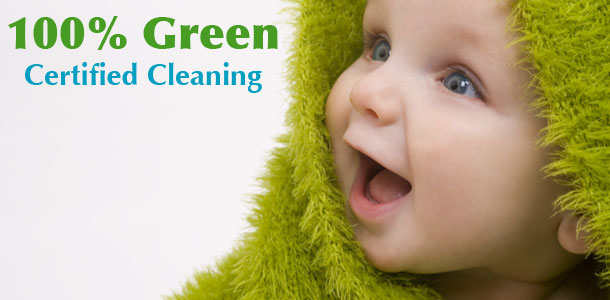Flood water damage restoration of any kind in a home is not an easy task to deal with, but once it begins to affect your carpet, you may have real trouble on your hands. Immediate action must be taken as soon as you begin to notice water in areas of your home that it shouldn’t be in. Burst pipes, leaky roofs, malfunctioning appliances and severe storms can all wreak havoc on a property, leaving major destruction in their wake.
Flood cleanup is best left to the professionals, and during their assessment of the situation they can help advise you on the salvage ability of your carpet. If done right away, there are a few steps, including a thorough carpet cleaning, that may help you to restore your water damaged carpets and avoid total replacement.
Establish if Water is Sanitary or Contaminated
Water damage falls into three categories – clean, unclean or black – and one of the first steps in the flood cleanup process is to determine which one is being dealt with. Under clean conditions homeowners have the best chance of saving their carpet. It can come from circumstances such as an overflowing bathtub or leaking roof.
Once the source of the flooding is found, it will be managed and then water extraction can begin. Unclean water comes from things like toilets and appliances, which are deemed contaminated on a small scale. Black water contains sewage and is considered to be a big threat to the health of anyone who comes into contact with it without having on the proper flood cleanup attire. Carpets should be disposed of in black water situations.
Set up Drying Equipment and Eliminate All Foot Traffic
After all excess water has been removed the flood cleanup crew will set up their specialized drying equipment. Homeowners should not believe that a vacuum and a few fans are sufficient enough to completely dry out their carpet and won’t leave a chance for mold and bacteria to grow.
Water damaged carpet needs to be eliminated of all moisture with commercial dehumidifiers, high volume air movers and other heat drying tools. Equipment is usually left running for a few days while any foot traffic in affected areas is discouraged so as not to cause more damage.
Disinfect, Get a Professional Carpet Cleaning and Deodorize
Due to health concerns related to water damage, whether it’s clean or unclean, if carpet is able to be restored, it must go through disinfection and a professional carpet cleaning followed by deodorization. Applying a disinfectant treatment to carpet fibers will aid in warding off any potential fungi, bacteria or mold growth. Steam cleaning will also help to sanitize, and then a deodorizing agent should be administered to minimize musty odors.
It’s crucial to remember that time is always one of the biggest factors in determining if a carpet is salvageable or not. Calling for flood cleanup help right away can mean the difference in a simple carpet cleaning or a whole new carpet investment.




